- Renewable Energy
- Posted
Opinion

Semi-state business Bord Gáis have placed green innovation at the centre of their business strategy. As CEO John Mullins reveals, pay as you save and renewable energy will shape the company’s future.
Two years ago Bord Gáis published our strategic plan to 2014. Among our goals are to transform from a gas company to an energy company, to champion sustainability and to own or part-own over 1,000MW of power generation facilities. As part of our transformation, we're launching an extensive range of home energy upgrade services and investing in wind, biogas and other sources of alternative energy.
We're starting by offering a small range of home energy upgrades, but we'll roll out more over the course of the coming months. By the end of the year we'll be offering 23 home energy upgrade products and services, from external, internal and cavity wall insulation to heating controls, solar panels and heat pumps. Anything that qualifies for a grant-aid by SEAI, we'll offer, and we'll provide customers with estimated payback times based on current energy prices too. We're essentially aiming to be a one-stop-shop, offering everything from the initial BER assessment to recommendations, financing and upgrade measures. Our customers will be able to avail of on-bill finance of up to €2,500, meaning they can pay for upgrades over time on their Bord Gáis bills – also known as 'pay as you save'.
Why the €2,500 limit for on bill finance? We've offered on-bill finance of a similar level in the past, and we believe €2,500 represents the appropriate level of risk for us. While we're not a bank, we want to show loyalty to our customers. Of course people are willing to make bigger energy investments than €2,500 in their homes, but there's a difficulty getting finance right now. So we're also teaming up with four banks who are willing to offer green loans of up to €15,000 at special green interest rates. We'll provide all the information about the green loans to the customer and essentially act as a sales funnel to the banks. If you're doing a serious insulation job and greening your house, you're adding value – this will clearly be an advantage to the providers of green loans. Banks are well motivated to offer green loans as the green economy quite clearly has a big future.
All upgrades carried out under the Home Services Initiative will be warrantied under a Bord Gáis back-to-back arrangement. We've appointed Sierra as the main contractor for the initiative – we'll offer the service, Sierra will fulfil it and if the customer isn't happy, Sierra will be required to fix the problem. Sierra will do most of the installation and upgrade work, but if Sierra doesn't have the resources to provide a service themselves, we have an approved list of contractors around the country. There's now scope for any contractors or installers who feel they can offer relevant services to make themselves known to Sierra.
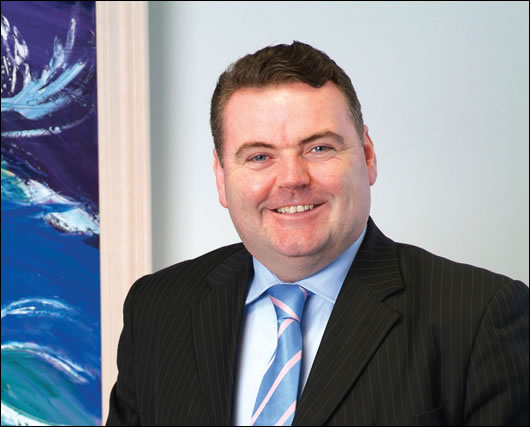
John Mullins
Just like with our Big Switch campaign, we ran focus groups across the country to prepare for our entry into the home energy upgrade market. Based on that research a number of issues were raised. People now understand that building energy ratings are taken into account when they're selling or letting a property – it's definitely an issue. But there's a lot of confusion about what the ratings mean, what products should be chosen and who should be trusted. Trust was the biggest issue raised – when it comes to home energy upgrades people want to deal with an entity they can trust. Financial risk was the second biggest issue raised by consumers. Of course the reality is that as you're paying for a heat pump or for attic insulation, your bills are going down. So your overall bill should not be higher – and of course your carbon footprint will be lower.
Our ambitions for sustainability stretch far beyond home energy upgrades. As part of our commitment to having a significant level of renewables in our generation portfolio, we bought the wind assets of SWS Natural Resources in December 2009 in a transaction worth over €500m. This includes over 179MW of wind generation capacity, and over 450MW of development projects that can be built over the next four years. In total, Bord Gáis has a potential wind portfolio of 783MW at various stages of development, making it one of the largest investors in renewables in Ireland. We're planning to spend €1.2bn on wind power in the next five years.
We're also calling for the introduction of a feed-in tariff for biogas, provided the gas is of the right quality to enter the grid. Later this year Bord Gáis will publish a feasibility study on the use of renewable gas in Ireland, and we're also undertaking a feasibility project into using grass and other substrates as an innovative bio-fuel in a "grass-to-gas" project. We hope that, in time, the gas grid will transport biogas to our homes for use in the same way that it transports natural gas now. We're also working on a joint marketing plan with Ceres Power to trial and roll-out a fuel-cell based central heating boiler that generates electricity while also heating your home.
We're examining the possibility of using compressed natural gas for large vehicles such as buses and trucks too. CNG has a 20% lower carbon footprint than conventional diesel, and causes less particulate emissions. We've purchased a CNG vehicle and installed refuelling facilities to enable a feasibility study on this potentially viable alternative to petrol and diesel. With the emergence of recoverable unconventional gas, CNG usage may be re-prioritised in hybrid transport technologies.
By providing home energy upgrades and investing in the energy sources of the future – like wind, biogas and CNG – we're well on the road to achieving these goals and to putting sustainability at the heart of Bord Gáis's future.
Related items
-
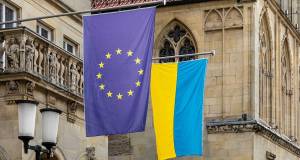 EU proposes gas demand reduction plan till spring
EU proposes gas demand reduction plan till spring -
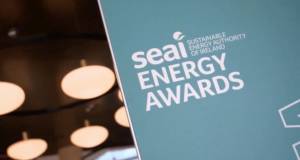 SEAI Energy Awards 2020 open for entries
SEAI Energy Awards 2020 open for entries -
 The first oil crisis
The first oil crisis -
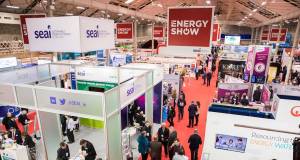 SEAI Energy Show back at RDS on 27 & 28 March
SEAI Energy Show back at RDS on 27 & 28 March -
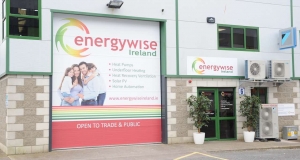 Energywise Ireland open new renewables showroom
Energywise Ireland open new renewables showroom -
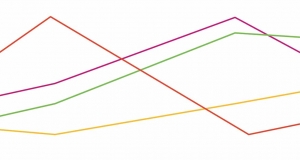 New homes data reveals extent of Irish low energy revolution
New homes data reveals extent of Irish low energy revolution -
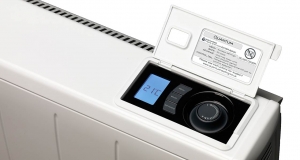 Together in Electric Dreams
Together in Electric Dreams -
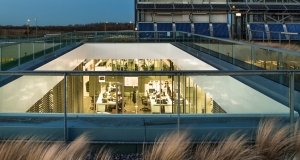 BREEAM excellent building marries sustainability with world-class design
BREEAM excellent building marries sustainability with world-class design -
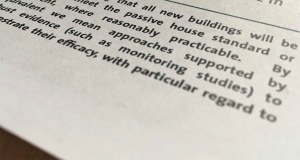 Passive house or equivalent - The meaning behind a ground-breaking policy
Passive house or equivalent - The meaning behind a ground-breaking policy -
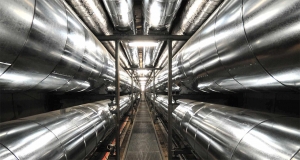 District heating and passive house - are they compatible?
District heating and passive house - are they compatible? -
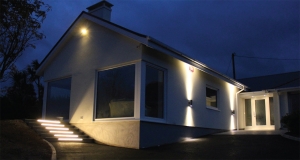 How to stimulate deep retrofit
How to stimulate deep retrofit -
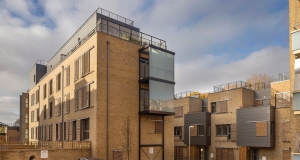 Delivering passive house at scale
Delivering passive house at scale

